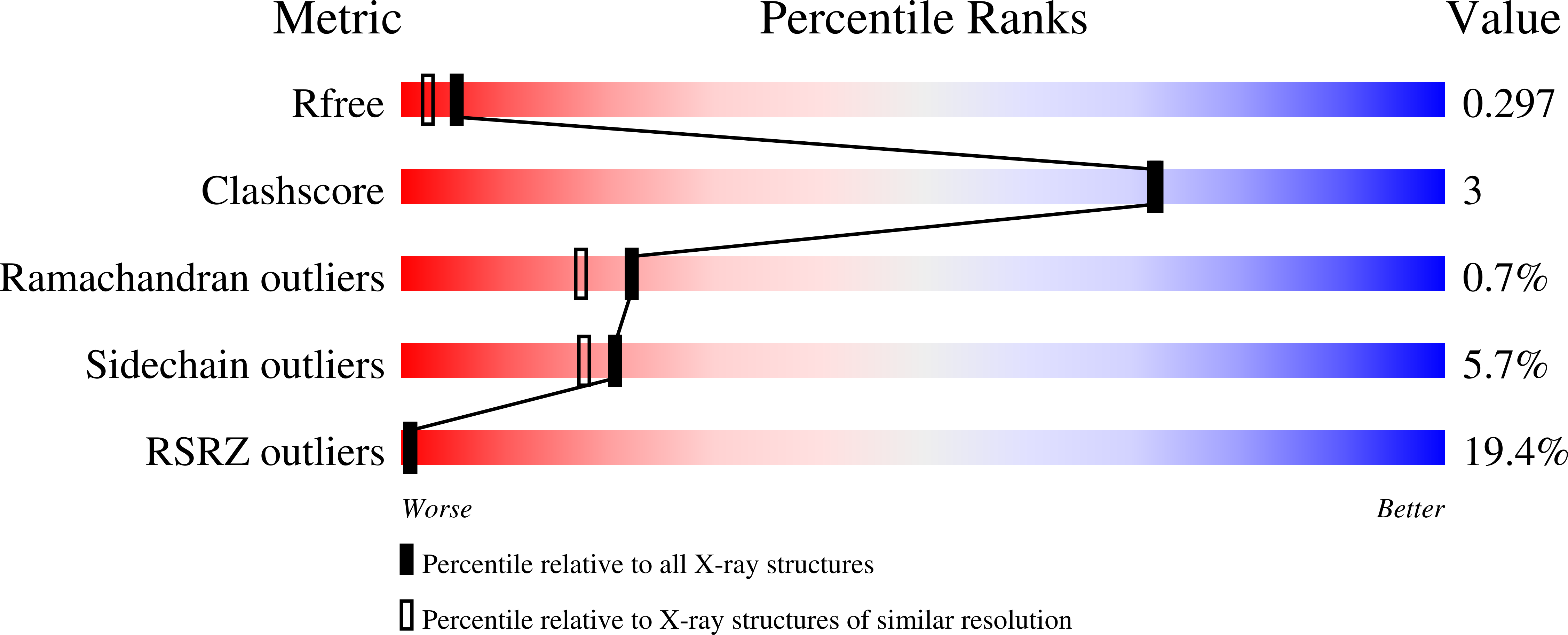
Deposition Date
2021-12-07
Release Date
2022-05-04
Last Version Date
2024-11-20
Method Details:
Experimental Method:
Resolution:
2.11 Å
R-Value Free:
0.30
R-Value Work:
0.27
R-Value Observed:
0.27
Space Group:
I 2 2 2


